Disclosure: This article contains affiliate links. We may earn a commission from purchases at no extra cost to you, which helps our travel content.
Standing at the intersection where history pivoted toward justice, I felt a shiver despite the warm Alabama sunshine. My children—half-Japanese, half-European—gazed up at me with questions in their eyes as we began our journey through Montgomery's Civil Rights landmarks. Having grown up in a household where cultural understanding was paramount, I wanted them to comprehend this crucial chapter of American history that resonates globally. This wasn't merely sightseeing; it was bearing witness to courage that changed the world.
Rosa Parks Museum: Where a Single Act Changed America
The Rosa Parks Museum stands on the precise spot where, in December 1955, a seamstress's quiet refusal ignited a movement. Walking through the interactive exhibits with my children, I watched their eyes widen at the life-sized bus replica where Mrs. Parks made her stand by remaining seated.
What struck me most was how the museum contextualizes her act not as a spontaneous moment of fatigue, but as a deliberate choice by a trained activist. The meticulously recreated scenes transport visitors into the tense atmosphere of segregated Montgomery, making history tangible even for young visitors.
'Mama, she knew she might go to jail but did it anyway?' my youngest whispered. These moments—where children begin to understand moral courage—are precisely why we travel as a family.
The time-lapse exhibit showing how the boycott organized virtually overnight without modern technology left me contemplating the power of community determination. Before visiting, I'd equipped myself with the audio guide to catch every detail while allowing my children to move at their own pace through the exhibits.
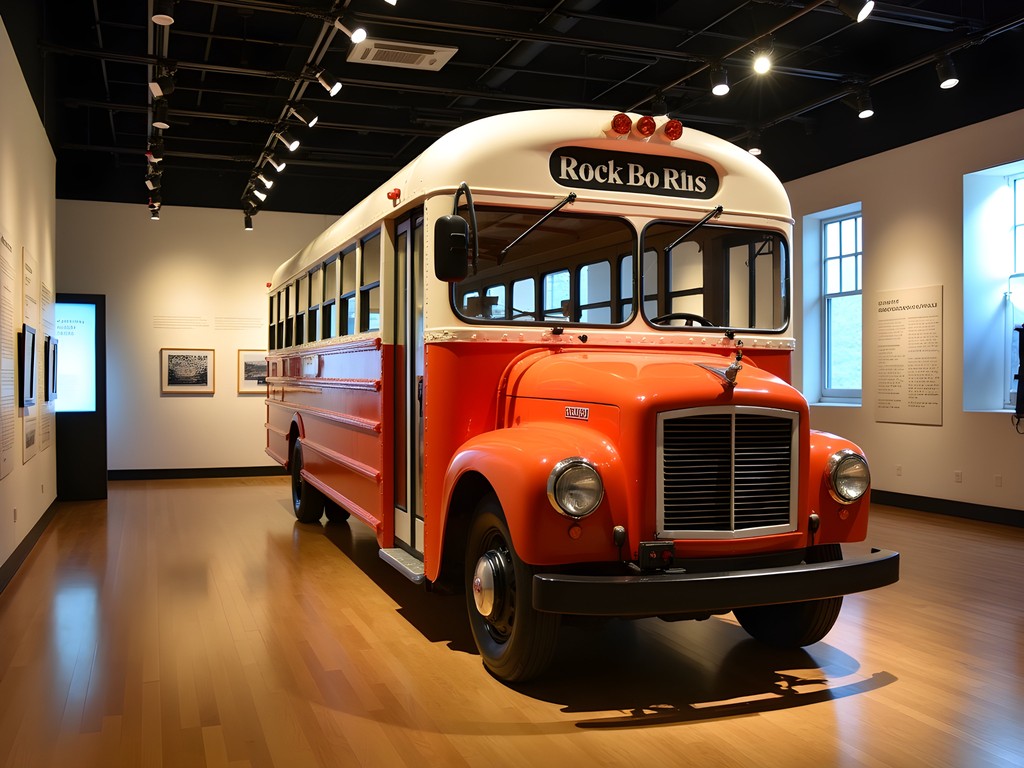
💡 Pro Tips
- Visit early on weekdays to avoid school groups
- The museum offers excellent family guides specifically designed for different age groups
- Allow at least 90 minutes to fully appreciate all exhibits
Dexter Avenue King Memorial Baptist Church: Pulpit of Change
Just a short walk from the Rosa Parks Museum stands the modest redbrick church where Dr. Martin Luther King Jr. began his ministry and helped coordinate the Montgomery Bus Boycott. Unlike grand cathedrals I've visited across Europe and Asia, Dexter Avenue's power lies in its understated dignity and the seismic ideas that emanated from within its walls.
The guided tour, led by long-time church members, offers intimate stories that textbooks simply cannot capture. Our guide, Mrs. Washington, spoke of her grandmother who walked miles to work during the 381-day boycott, her shoes worn through but her spirit unbroken.
My children sat in the original pews, looking up at the pulpit where Dr. King's voice once resonated. The church basement—preserved as it was in the 1950s—reveals the tactical planning center of the movement. Maps with boycott routes, rotary phones, and mimeograph machines showcase the remarkable organizational effort behind what appeared to many as spontaneous resistance.
I found myself wishing I'd brought my pocket recorder to capture Mrs. Washington's stories, which brought history to life more vividly than any documentary could.
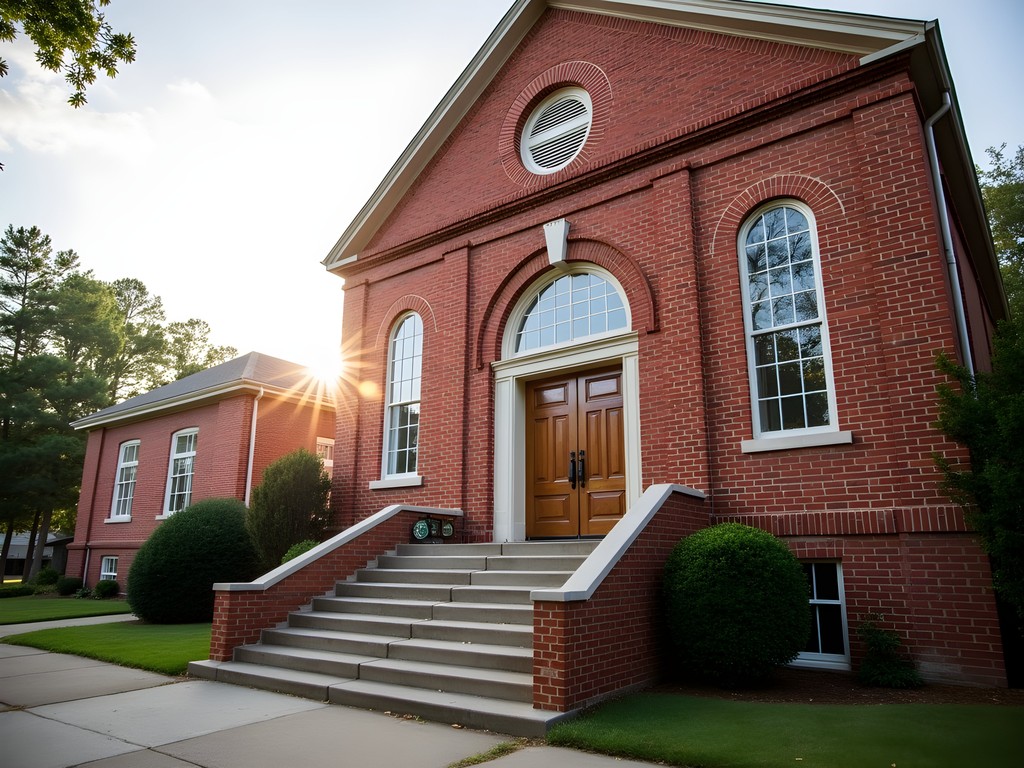
💡 Pro Tips
- Book the guided tour in advance—they fill quickly
- Visit on Sunday to experience an actual service in this historic space
- Bring small denomination cash for the suggested donation
The Legacy Museum: From Enslavement to Mass Incarceration
Perhaps the most emotionally demanding stop on our journey was The Legacy Museum, created by the Equal Justice Initiative. Located on the site of a former warehouse where enslaved people were held before auction, the museum draws direct lines between slavery, lynching, segregation, and modern mass incarceration.
I hesitated bringing my children here, concerned about the graphic nature of some exhibits. After researching, I decided to prepare them with age-appropriate discussions and brought along conversation cards specifically designed to help children process complex emotions and difficult topics.
The museum employs cutting-edge technology, including holograms of enslaved people sharing their stories, creating an immersive experience that transcends traditional museum displays. The soil collection exhibit—hundreds of glass jars containing earth from lynching sites across America—left me speechless. Each jar labeled with a name, date, and location represents a life and community forever altered.
For my family, accustomed to Japan's careful preservation of difficult history at sites like Hiroshima, the museum's unflinching examination of America's painful past felt familiar in methodology if not in specific content. My children, already exposed to multiple cultural perspectives, asked profound questions that reminded me how travel builds their capacity for empathy across cultural boundaries.

💡 Pro Tips
- Consider the emotional impact—this isn't light tourism
- Use the museum's excellent family discussion guide available at the entrance
- Plan for decompression time afterward, perhaps at a nearby park
National Memorial for Peace and Justice: America's Reckoning
On a gentle hill overlooking Montgomery stands what many call the National Lynching Memorial—officially the National Memorial for Peace and Justice. Walking through the memorial's rust-colored steel columns, each representing a county where racial terror lynchings occurred, creates a physical experience unlike any other historical site I've visited across four continents.
The memorial's design is deliberately overwhelming. As you progress along the path, the floor slopes downward while the columns remain at the same height, eventually suspending above you like the victims they commemorate. The effect is visceral—a physical manifestation of the weight of history.
The day we visited was unseasonably hot, and I was grateful for the cooling towels I'd packed for the family. The memorial grounds offer little shade, and the emotional intensity of the experience compounds the physical discomfort of Alabama heat.
In the memorial's reflection space, my eldest son—normally talkative and analytical—sat in complete silence. When he finally spoke, he connected what he was seeing to stories his Japanese grandfather had told him about historical discrimination in Japan. These cross-cultural connections are precisely why we prioritize historical sites in our family travels.
The adjacent memorial park, with its sculpture of people in chains, prompted my daughter to sketch in her travel journal—processing through art what was too complex for words.

💡 Pro Tips
- Visit early morning or late afternoon to avoid midday heat
- Bring water and sun protection—the memorial is mostly exposed
- Allow time for reflection—this isn't a site to rush through
Freedom Rides Museum: Courage in the Face of Violence
Housed in the former Greyhound Bus Station where Freedom Riders were violently attacked in 1961, this compact museum packs an emotional punch disproportionate to its size. The preserved waiting rooms—marked 'White' and 'Colored'—provide a tangible reminder of the segregated America that existed in living memory.
What makes this museum exceptional is its focus on the young people who risked their lives. Most Freedom Riders were college students not much older than my teenager. The museum humanizes these activists through personal artifacts—a pair of glasses broken in an attack, a blood-stained shirt preserved as evidence, handwritten letters to parents explaining why they were willing to die for justice.
For families with children who might struggle with extensive reading, I recommend bringing a portable speaker to utilize the excellent audio tour available through a free smartphone app. The narration brings the black and white photographs to life and helps younger visitors connect with the young activists pictured.
The most powerful moment came when my children discovered photographs of Japanese-American Freedom Riders who participated despite their families having been interned during World War II. This connection to their Japanese heritage created an unexpected bridge to this American story, demonstrating how the struggle for human dignity transcends national boundaries.

💡 Pro Tips
- The museum is small but impactful—allow at least an hour
- Download the free audio guide before your visit
- Look for the special junior ranger program for children
Final Thoughts
As we completed our walk through Montgomery's Civil Rights landmarks, my children and I sat beneath a magnolia tree discussing how courage manifests across different cultures. My son remarked that Montgomery felt like a 'living museum' where history wasn't confined to glass cases but permeated the streets themselves. Walking this path of remembrance—from Rosa Parks' bus stop to the pulpit where Dr. King preached—offers more than historical knowledge. It provides a moral compass for navigating our present world.
In my years traversing heritage sites across continents, few places have affected me as deeply as Montgomery. Here, history isn't sanitized or distant but presented with unflinching honesty and a clear purpose: to ensure we learn from our collective past. Whether you're traveling with children, as I was, or journeying solo, Montgomery's Civil Rights landmarks offer a profound experience that transcends typical tourism. I invite you to walk these streets, not as a passive observer, but as an active witness to both America's painful history and its enduring hope.
✨ Key Takeaways
- Montgomery offers one of America's most important historical journeys, connecting pivotal Civil Rights sites within walkable distance
- Prepare emotionally for the experience, especially when visiting with children—these sites confront difficult truths
- The city provides exceptional educational resources for visitors of all ages
- Allow at least two full days to properly experience the major landmarks and process their impact
📋 Practical Information
Best Time to Visit
Year-round, though spring and fall offer the most comfortable temperatures
Budget Estimate
$150-300 per day including accommodations, meals, and museum admissions
Recommended Duration
2-3 days minimum to fully experience the major sites
Difficulty Level
Easy - Sites Are Walkable For Most Visitors, Though Emotional Content Is Challenging

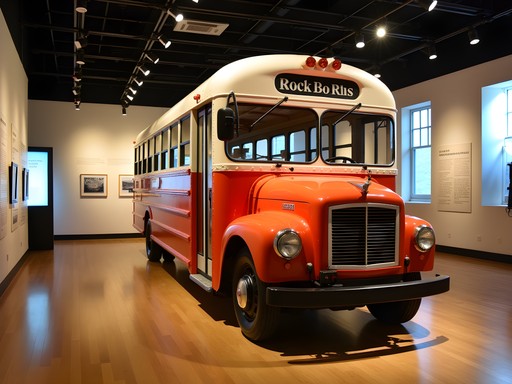






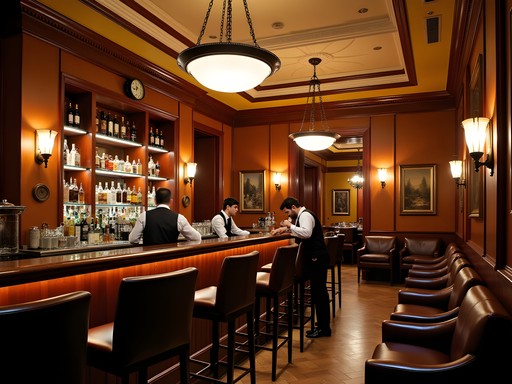
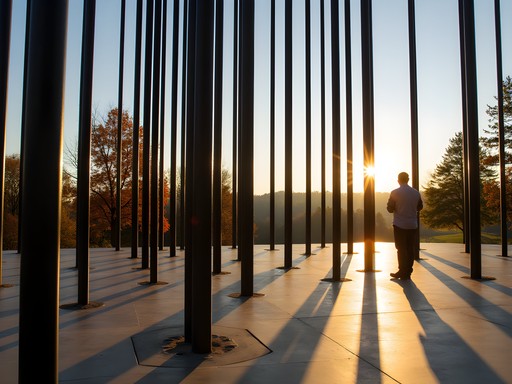






Comments
vacationblogger8908
We visited Montgomery last summer and it was truly eye-opening. The Legacy Museum is incredibly well done but emotionally draining - we needed to take a break halfway through. One tip: if you're visiting multiple sites, the Freedom Routes shuttle connects most civil rights landmarks and saved us from walking in the heat. Also, the restaurant at the Equal Justice Initiative headquarters has amazing soul food if you need to refuel between sites. How long did you spend in Montgomery overall?
Abigail Ruiz
We spent three full days, which felt about right. Gave us time to process everything without rushing. That shuttle tip is gold - wish I'd known about it before our visit!
Sage Dixon
I did this exact walking tour last summer and was completely moved. The Rosa Parks Museum hit me especially hard - standing in that spot where she refused to give up her seat gave me chills. One tip for families: I noticed the Legacy Museum has an excellent child-friendly guide that helps explain the exhibits in accessible language. It really helped my niece process what she was seeing. Did your kids use any of the interactive exhibits at the Rosa Parks Museum? Those bus recreations are so powerful for helping children understand the context.
Abigail Ruiz
Yes! The interactive bus simulation was their favorite part. My son kept asking questions about why people would make such unfair rules. It sparked such important conversations.
Sage Dixon
That's beautiful. Those moments when kids start processing injustice are so powerful. I also recommend children's book as a great follow-up read after visiting. My niece connected with it immediately after our visit.
beachhero
Wow, what a powerful experience to share with your kids. Those landmarks really bring history to life in a way textbooks never could.
Abigail Ruiz
Thank you! It was definitely emotional but so important for them to understand this part of American history.
beachhero
How did your kids handle the National Memorial for Peace and Justice? I've heard it can be intense.
Abigail Ruiz
We prepared them beforehand with age-appropriate context. They were quiet and reflective - I think kids understand more than we give them credit for.
backpackfan
THANK YOU for writing this!!! Just added Montgomery to my must-visit list for next year. Your kids are going to remember this experience forever. What an incredible education you're giving them!
Oliver Duncan
I walked this same route last year and was completely transformed by the experience. The National Memorial for Peace and Justice hit me hardest - standing beneath those hanging monuments representing lynching victims was one of the most powerful moments I've had while traveling. I'd recommend visitors give themselves plenty of time there, as it's not something to rush through. Also worth noting that some days are brutally hot in Montgomery, so I found carrying my water bottle absolutely essential. Did you find the audio guide at the Legacy Museum helpful? I thought it added so much context.
Abigail Ruiz
The audio guide was fantastic, Oliver! Really helped frame things for my children too. And yes, that memorial is incredibly moving - we spent nearly two hours there just processing everything.
exploretime
How did your kids handle the heavy subject matter? I want to take mine but they're only 9 and 11.
Abigail Ruiz
Great question! I found that the Rosa Parks Museum was very accessible for them. The Legacy Museum is more intense, so I prepared them beforehand with age-appropriate context. The staff at all sites were wonderful with children and helped frame things sensitively.
exploretime
Thanks so much! That's really helpful. Will definitely plan for some decompression time after the heavier sites.
backpackzone
Such powerful landmarks. I got chills just reading about your experience.
Venture X
Premium card with 2X miles, $300 travel credit, Priority Pass